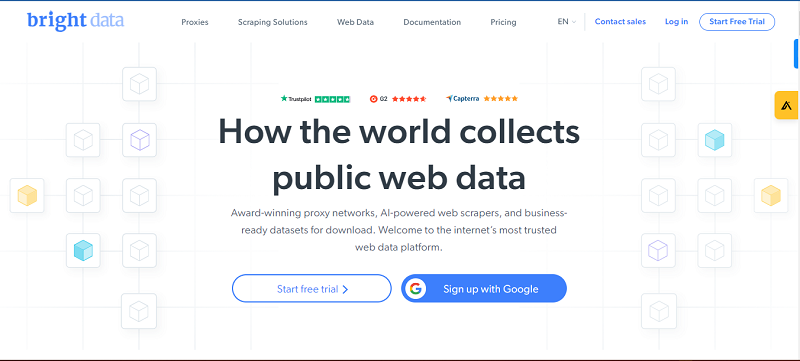Naturally, demand for skilled developers and information technology professionals is growing. With more opportunities opening up every day and less IT talent entering the pool, it’s likely we will soon see an even bigger shortage in the IT market.
Couple that information with relevant forecast numbers, and it’s obvious that things are about to get extremely competitive. One recent job forecast revealed 54 percent of employers plan to hire full-time and permanent IT candidates.
Again, this is just more proof the market will soon be even more competitive than it already is, at least for employers. It would be easy to fall into the trap of thinking you should always hire the first few candidates who come along. After all, talent is hard to come by in the IT field, right?
But that doesn’t necessarily mean you will be hiring the right talent, just because you scoop up the first available candidates. In fact, you may very well end up with poor employees, at least compared to what you could have if you wait for the right talent to come along.
You see, the IT market isn’t just growing competitive in terms of talent and new hires. It’s also growing competitive in general, as well. This means, if you have any hope of succeeding in the space, you need to ensure you’re offering top-notch products and service. You absolutely have to stand out from the crowd. There is no wiggle room.
This translates to an increased need for better talent, not just someone to go through the motions, but employees who will stand out. You need employees that will skyrocket your brand to success. Innovation is key to success in the IT and tech field, and innovation is not possible without the proper talent and experience.
So, we’ve established better talent is necessary, but how do you find it? What can you do to attract more skilled candidates, especially when the market is so competitive?
Believe it or not, there are some things you can do. Follow these tips to attract stronger IT talent.
Let’s be honest. These days, a long resume and established degree mean a lot less than they did in years past — or at the very least they should. Yes, you absolutely want to find candidates who have experience first and foremost. But this is not the only criteria for high-end talent. Skill is also important, and you cannot assess a candidate’s skill by simply looking at their resume or qualifications.
For Instance, you may pass up an opportunity to hire an extremely skilled candidate simply because they have never worked for a development company before. Or you may hire a sub-par candidate simply because they have a lot of experience on their resume.
The best way to assess skill is to come up with a system that better analyzes aptitude. Keep in mind, this system may differ for each company or brand depending on what kind of IT professionals you are looking for.
As a general rule, you’ll want to implement some kind of testing or objective-based step in your hiring process that can accurately discern a candidate’s IT aptitude.
There’s a certain stigma that goes along with hiring employees, where you’re more inclined to hire from the local talent pool. This makes sense because working face-to-face is usually much more convenient. That doesn’t necessarily mean it is more efficient or better for your business.
By confining your search to local talent only, you are actually limiting the amount of talent you have the opportunity to acquire. Be open to hiring remote employees, because this doesn’t limit you based on location.
Thanks to modern connectivity, smartphones and various devices, it is entirely possible for remote workers to connect with a team and work efficiently — just as much so as if they were local. In fact, according to a ConnectSolutions survey, 77% of companies with remote employees report greater productivity. In addition, 52% report that remote employees are less likely to take time off, so they’re more efficient.
If you are willing to branch out and hire remotely, then you will be able to take advantage of a much larger — and more talented — hiring pool. This kind of outsourcing can also help your in-house staff manage their more important work, speeding up internal turnaround time and creating a lean workflow.
Your company needs a mission, and potential employees must know how they will contribute to it. This is important because it allows employees to see they are making a difference. But it’s not the only thing that will entice potential hires, especially in such a competitive space.
You need to stand out from your competition by giving back. Your employees will be investing their time — and essentially a portion of their lives — into your business. Ask yourself these questions:
Gallup data has revealed there is a correlation between employees who are “highly satisfied” and their productivity. The happier an employee is at their job, the more likely they are to excel. And guess what? The salary and benefits you provide will contribute a great deal to employee satisfaction.
By being competitive yourself, you will attract the kind of high-end talent you are looking for. Skilled and experienced IT professionals will seek out your company, even if they have other employment offers.
By Kayla Matthews





